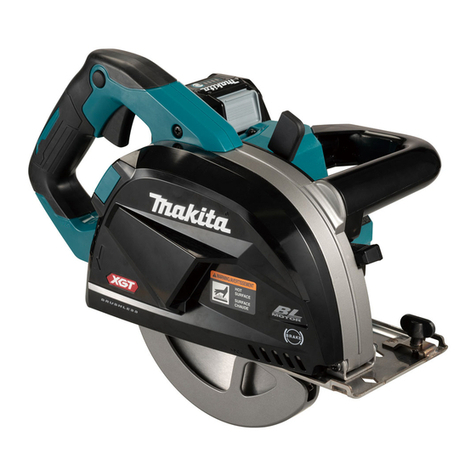Makita LS002G User manual
Other Makita Saw manuals

Makita
Makita 5007F User manual

Makita
Makita 5104 User manual
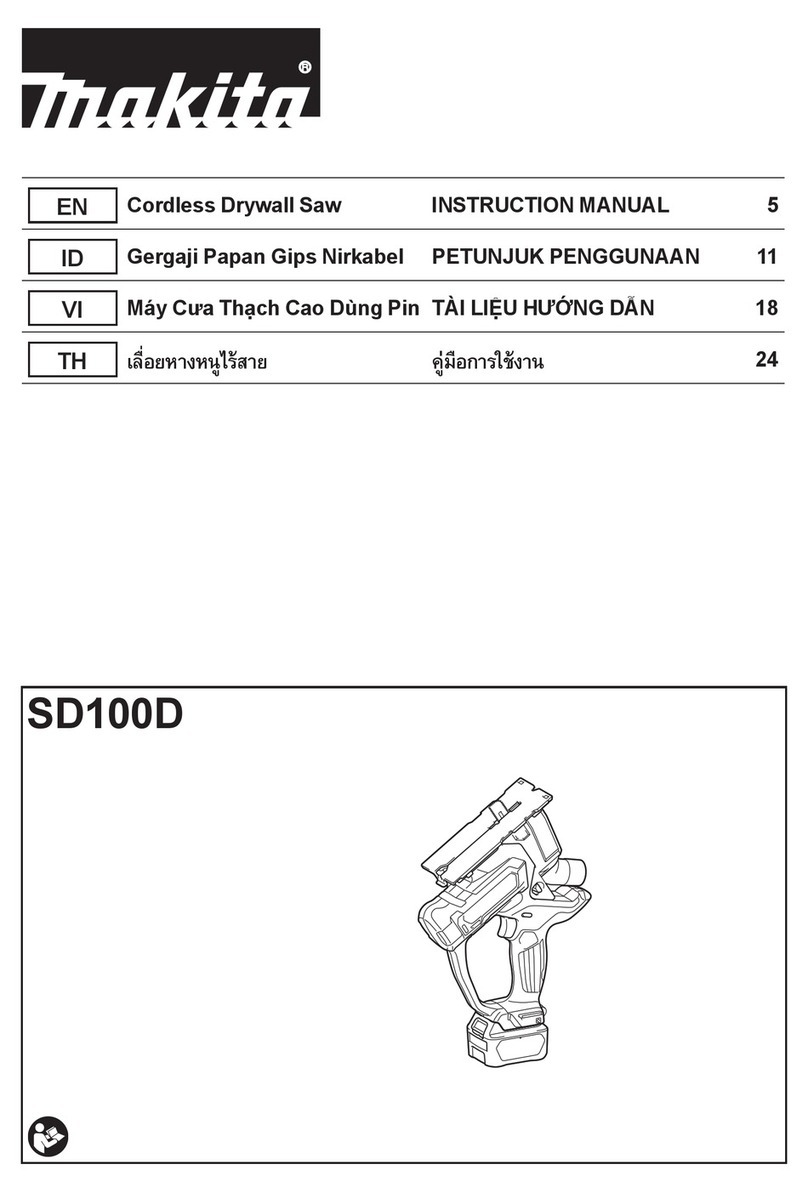
Makita
Makita SD100D User manual
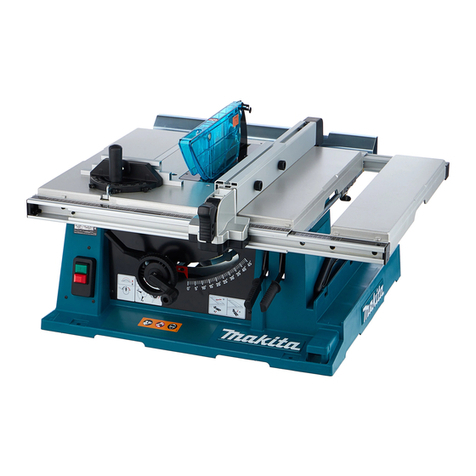
Makita
Makita 2704 User manual

Makita
Makita MAKSTAR BJR240SH Manual
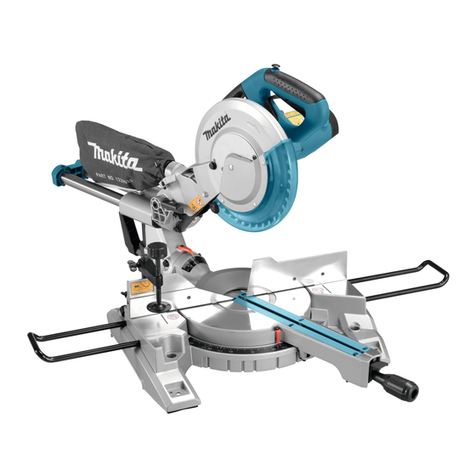
Makita
Makita LS1017 User manual
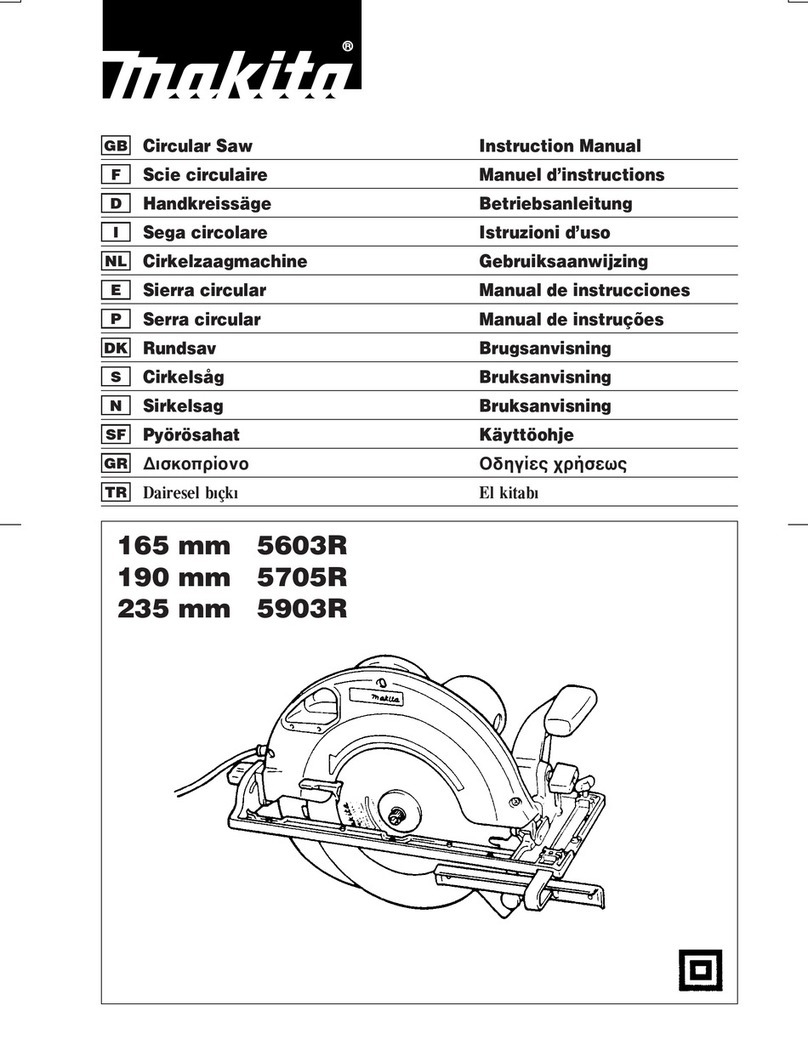
Makita
Makita 5603R User manual

Makita
Makita LS1400 User manual

Makita
Makita LC1230 User manual
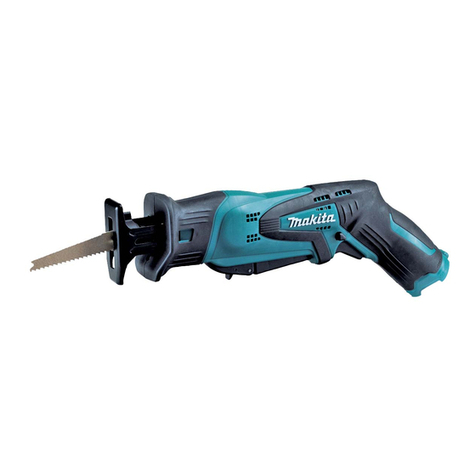
Makita
Makita RJ01 1 Series Manual
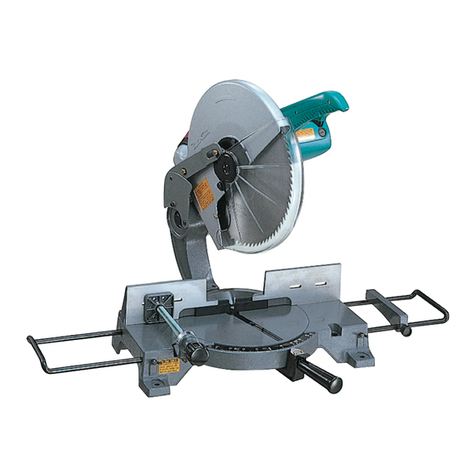
Makita
Makita LS1440 User manual
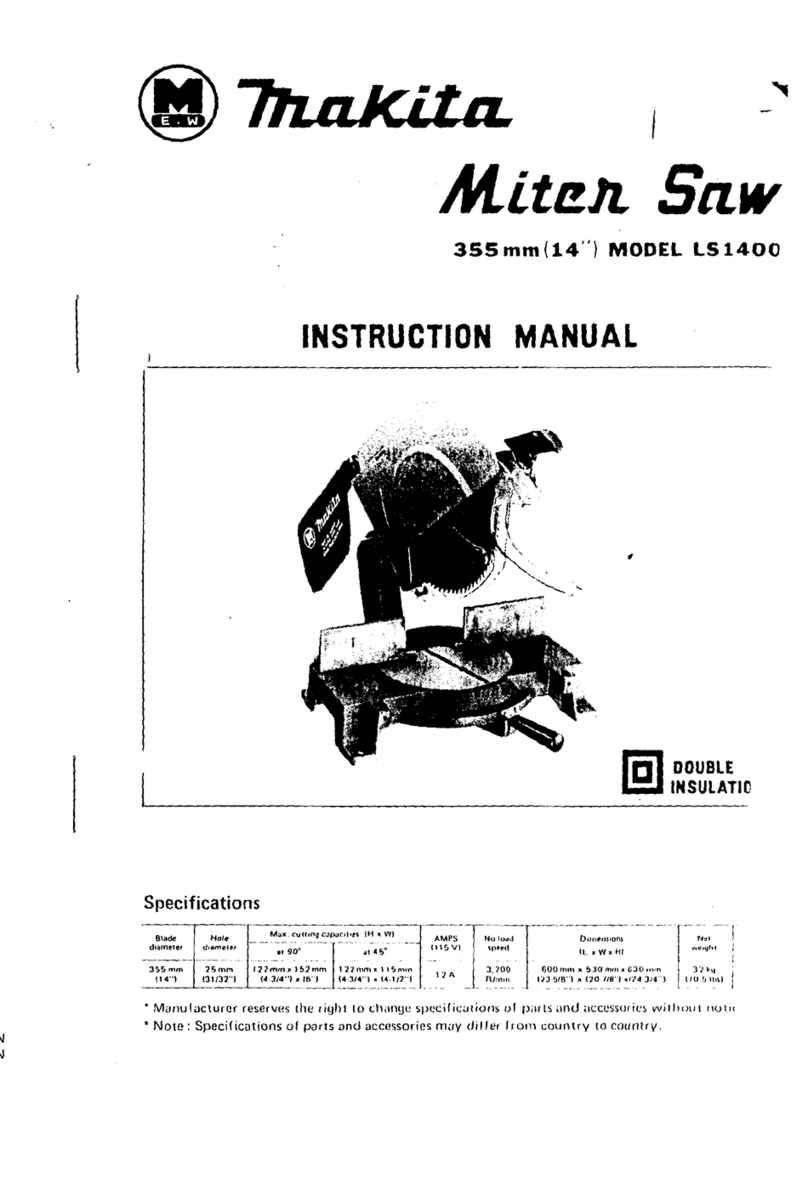
Makita
Makita LS1400 User manual
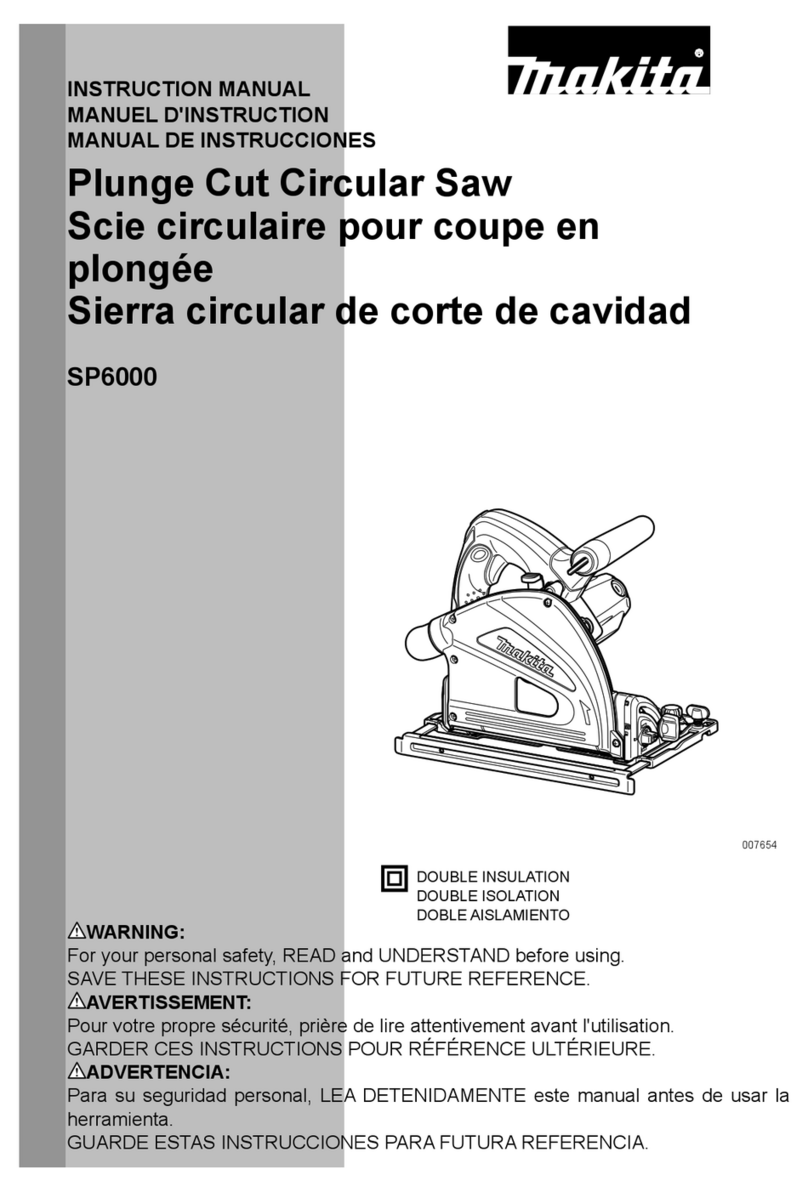
Makita
Makita SP6000 User manual

Makita
Makita LW1400 User manual

Makita
Makita LS1214 User manual

Makita
Makita LS0815F User manual
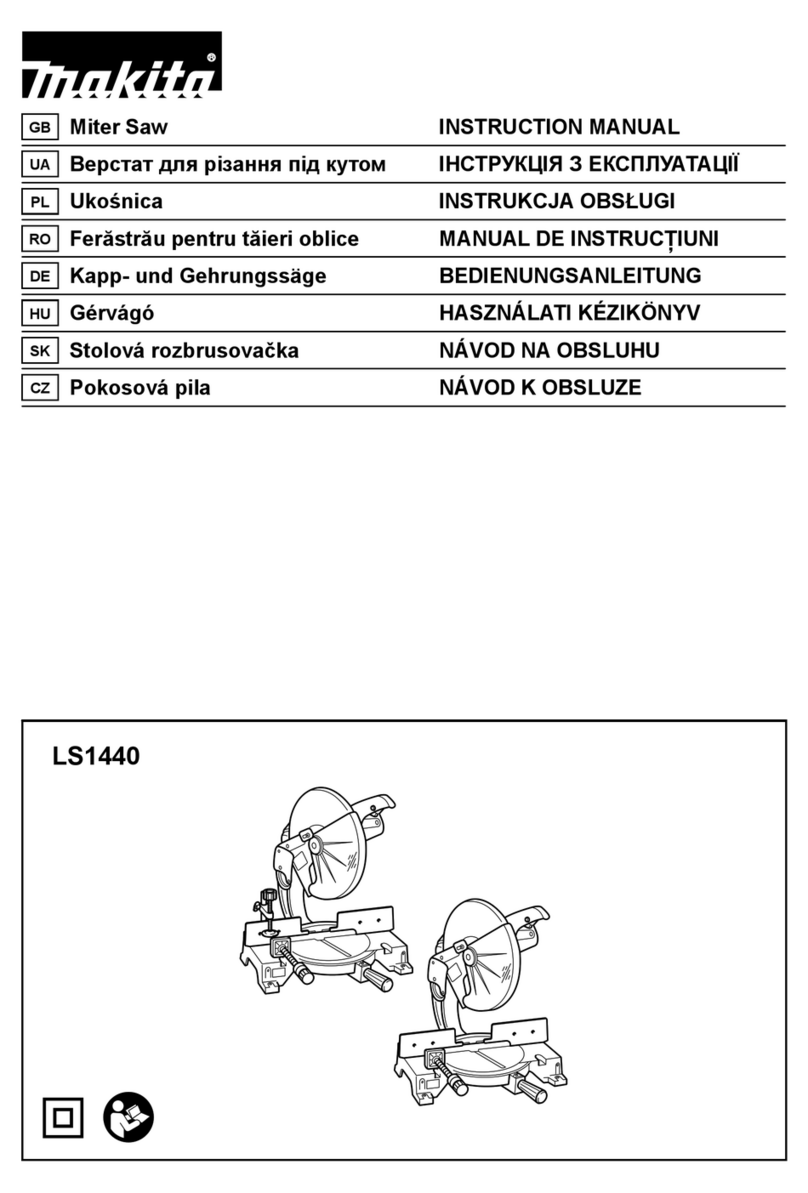
Makita
Makita LS1440 User manual
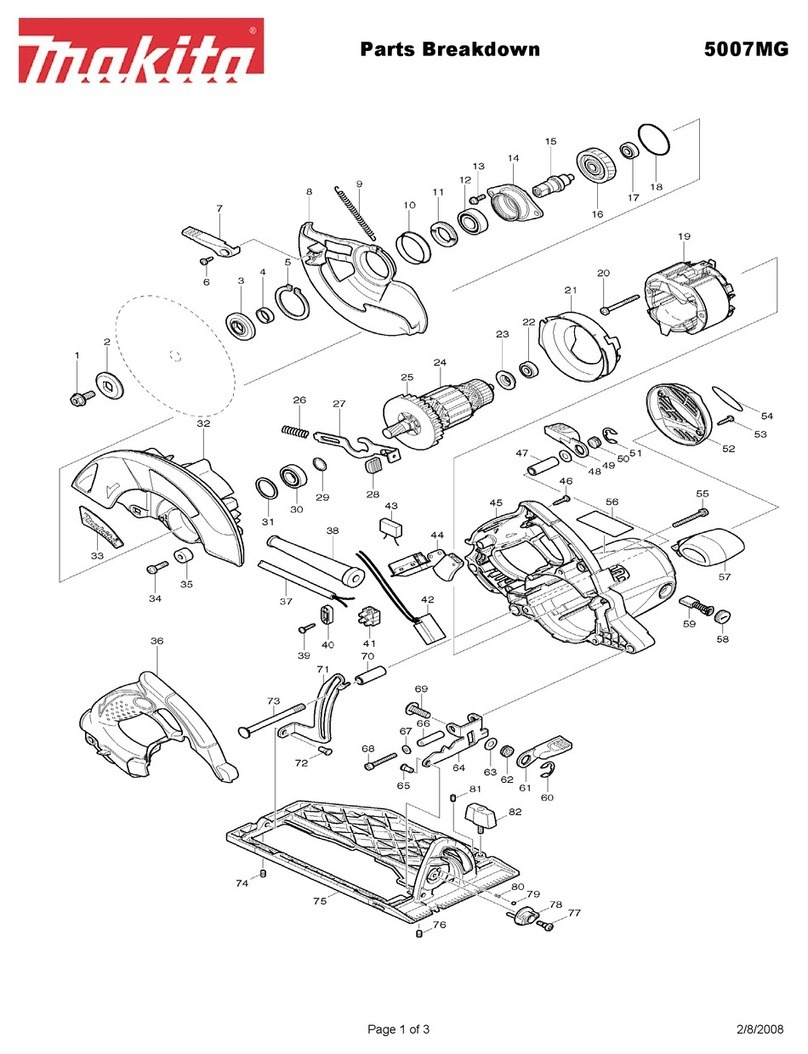
Makita
Makita 5007MG Quick start guide
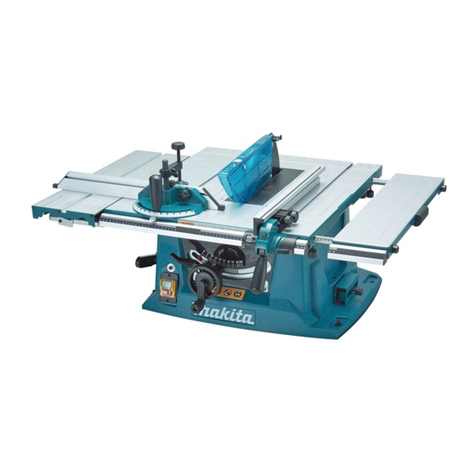
Makita
Makita MTL100 User manual

Makita
Makita BLS820SFK Quick start guide

